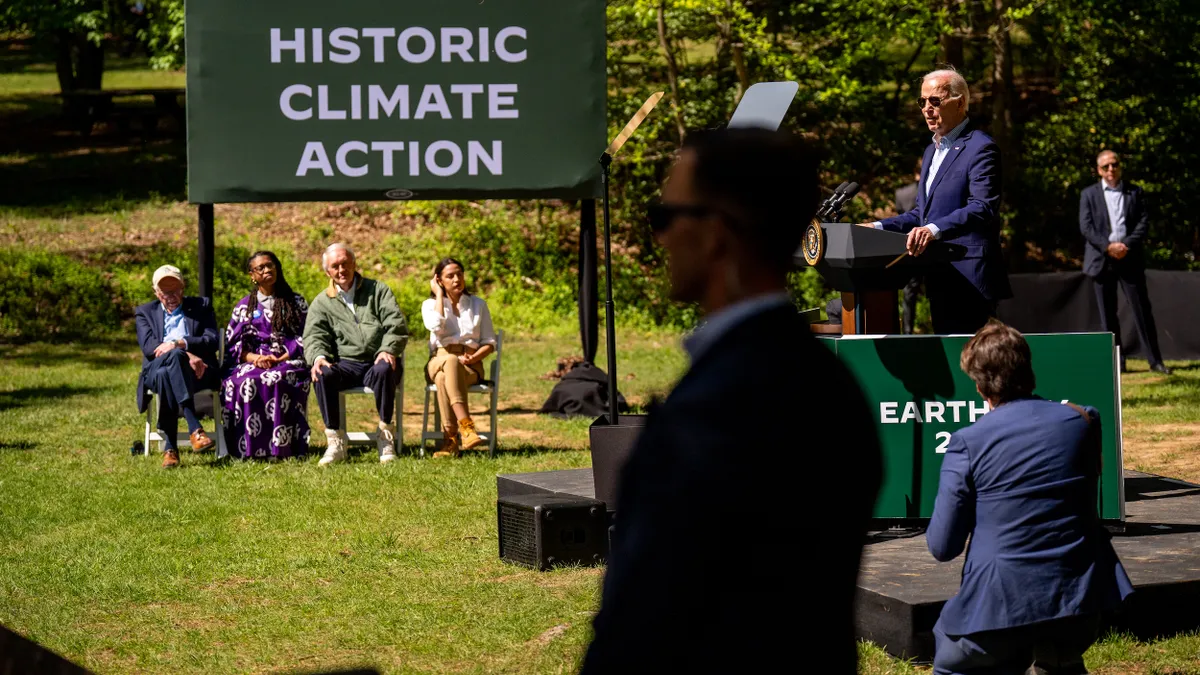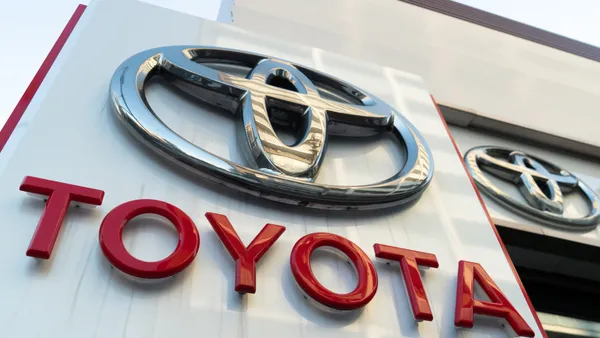Over the last few months, I and dozens (if not hundreds) of others have placed orders for common household items from Loop — a new e-commerce site that attempts to eliminate the immense amount of single-use packaging and filler that comes with shopping, online or in-store.
The platform officially launched its e-commerce site in May with roughly 25 vendors and two major retail partners in Kroger and Walgreens. The platform is currently available to consumers in select zip codes in New Jersey, New York, Pennsylvania, Delaware, Vermont, Connecticut, Rhode Island, Massachusetts, Maryland, Washington D.C. and Paris.
At the launch event in May, participating vendors and retailers, along with CEO Tom Szaky of TerraCycle (the recycling company behind the concept), made it clear the early days are an experiment from which the various stakeholders will learn how consumers use the platform. These insights would inform future evolutions of the product. A good start but, by no means, the ultimate form Loop will take.
It feels like good old e-commerce but ...
The process feels very much like a traditional e-commerce transaction with a few exceptions. Shoppers choose their items, each with a base price and an additional container deposit to be refunded when the item is returned empty. Then the items are shipped via UPS in a reusable zippered box the size of a medium-sized cooler. I placed my order Friday, May 31 and received it Tuesday, June 4.
Once the products are used up, the idea is to put the empty packages back in the Loop box for UPS pickup and the containers will be cleaned, sanitized and recirculated — everything is reused. Even the shipping label was a thick piece of paper that slides into a slot in the top of the box that simply needs to be flipped over to send it back.
One of the most striking elements about the experience was how the consumer is never without instructions as to what to do next. Every item has some form of return direction on it encouraging the user to complete the Loop. Even the tiny plastic zip tie that secures the delivery box (and the fresh one inside for the return shipment) is well-marked with instructions.
The product selection in the store is so far fairly limited — spanning dry bulk food products like nuts, spices and pasta, a few personal care items like razors and hand wash, household cleaners and ice cream. Many more brands are advertised as partnering with Loop, so hopefully the assortment will grow soon. In my first order, I tried to choose items from every category and receive a variety of products — and more importantly, a variety of containers.
The packaging, after all, is a key part of the innovation. TerraCycle worked with the committed vendors like Unilever, Mars, Nestle, PepsiCo, Colgate-Palmolive, Procter & Gamble and more to develop versions of selected products in largely non-plastic packaging with the aim of getting 100 cycles out of every container.
"Reusable packaging is more expensive from an environmental perspective to make the first time ... but every time it goes around, you don't have the cost of remaking it. All you do is have the cost of collecting it and cleaning it. And by using really efficient supply chains to do the collection, it’s very efficient to transport," Szaky said at the launch.
Most of the containers I received were stainless with some plastic components like pumps and spray nozzles. I also received peanut butter in a glass jar (with a $2 deposit, which admittedly caused a bit of sticker shock). All were perfectly functional (even in the shower) and certainly better to look at than logo-adorned plastic.
How do the prices compare?
In short ... it varies.
At today’s prices, Loop's premium items are more comparable to the market price than the mass-market brands. For example, 19.5 oz. of organic lemon-flavored almonds cost $16.65 plus the container deposit — a slightly cheaper per ounce rate than the product is priced on the brand’s website. Dry black beans are priced at $3.25 a pound plus the container deposit – at least 60% more than a bulk price in a grocery store.
Tide detergent is fairly competitively priced, while a pint of Haagen-Dazs is at least $1 more than at the grocery store and carries a hefty $5.00 deposit. This is for the much-hailed stainless container that allows the eater to hold the pint comfortably, and shovel directly into their mouth, even after pulling the metal directly from the freezer.
And those deposits add up. On my first order, I paid $30.50 in deposits including the $15.00 deposit for the shipping box — 23% of my total order.
Cleverly though, upon return, the deposits go into a deposit balance on the site instead of being refunded back through your payment method, so the blow will be much softer next time around. The circular nature of the platform not only keeps your shopping nearly waste-free, but also is a fairly effective marketing tool to encourage subsequent orders since not all products empty out on the same schedule.
Would I order again?
The experience of opening the Loop box and producing no immediate waste is exactly as I expected – a relief. The box itself, especially for a relatively small order of seven items like mine, came with a lot of foam packaging and a cooler with many ice packs for the ice cream I ordered. I had to remind myself that though it seemed excessive, none of this was waste.
When I finished with about half of the items, I sent the box back and received an email within 24 hours acknowledging receipt of my empty products.
All in all, Loop is still for true believers. As an avid online shopper, especially for household basics and groceries, keenly aware of how much waste that generates on a nearly daily basis — I am one of those believers. I will order again to reduce my waste, to support the initiative and to satisfy my curiosity as this program grows and changes.
The platform doesn’t meet quite enough of my needs to cancel out any of the other vendors I currently shop with — though I’m watching eagerly for the day that it does. The brands available now don’t all work for me, and I imagine with mass market and niche brands accounted for in a relatively small assortment of products, this will be true for almost everyone.
It's not a platform for value or selection yet. But it is relatively guilt-free and offers a smooth, responsive and guided user experience that is enjoyable.
The supply chain innovation when it comes to Loop is mostly in the products themselves. The return, wash and recirculate model is borrowed from various industries like commercial linens (though the product variety is much larger and the per-order minimum much smaller for Loop) and the transport itself is simple reverse logistics. But scaling the products as the platform grows will be something to watch — and so will the shifts in consumer behavior as the platform expands its products and customer base.
Did it change my consumption life? No. But I see how it could one day.













